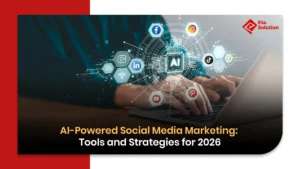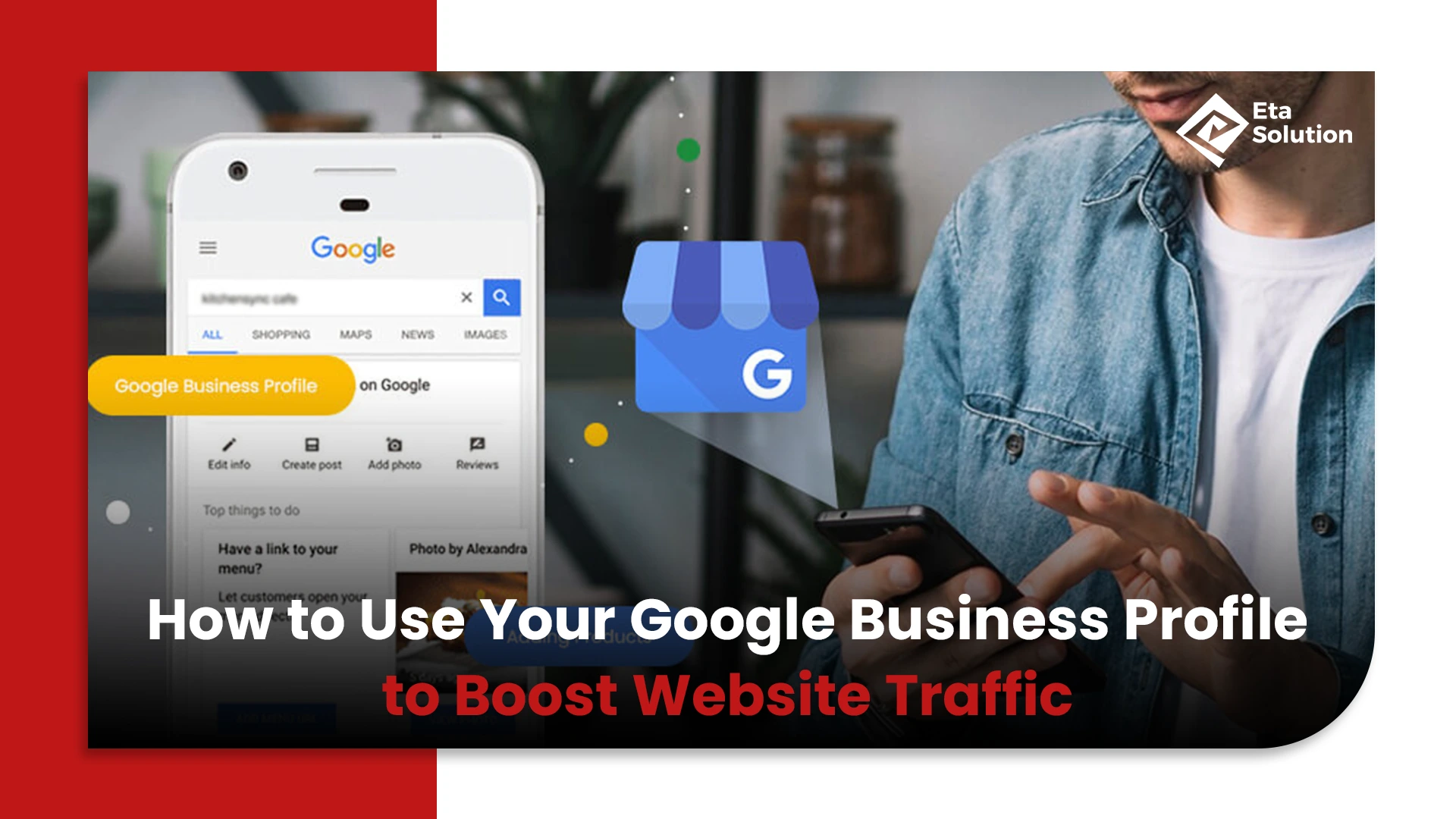
How to Use Your Google Business Profile to Boost Website Traffic
Convert Local Search Into Clicks, Clients, and Sales
Your Google Business Profile may be the high-performing asset you’re missing if your website isn’t receiving enough visitors. 86% of consumers use Google to find local businesses, and companies that appear in the Local 3-Pack get up to 700% more clicks than those that don’t, per a recent BrightLocal survey.
It’s time to treat your GBP like the strong, noticeable, and click-worthy online storefront it is, regardless of whether you’re a digital marketing agency in Ahmedabad working with local clients or a U.S.-based brand looking to boost regional visibility.
Google Business Profile Optimization Checklist
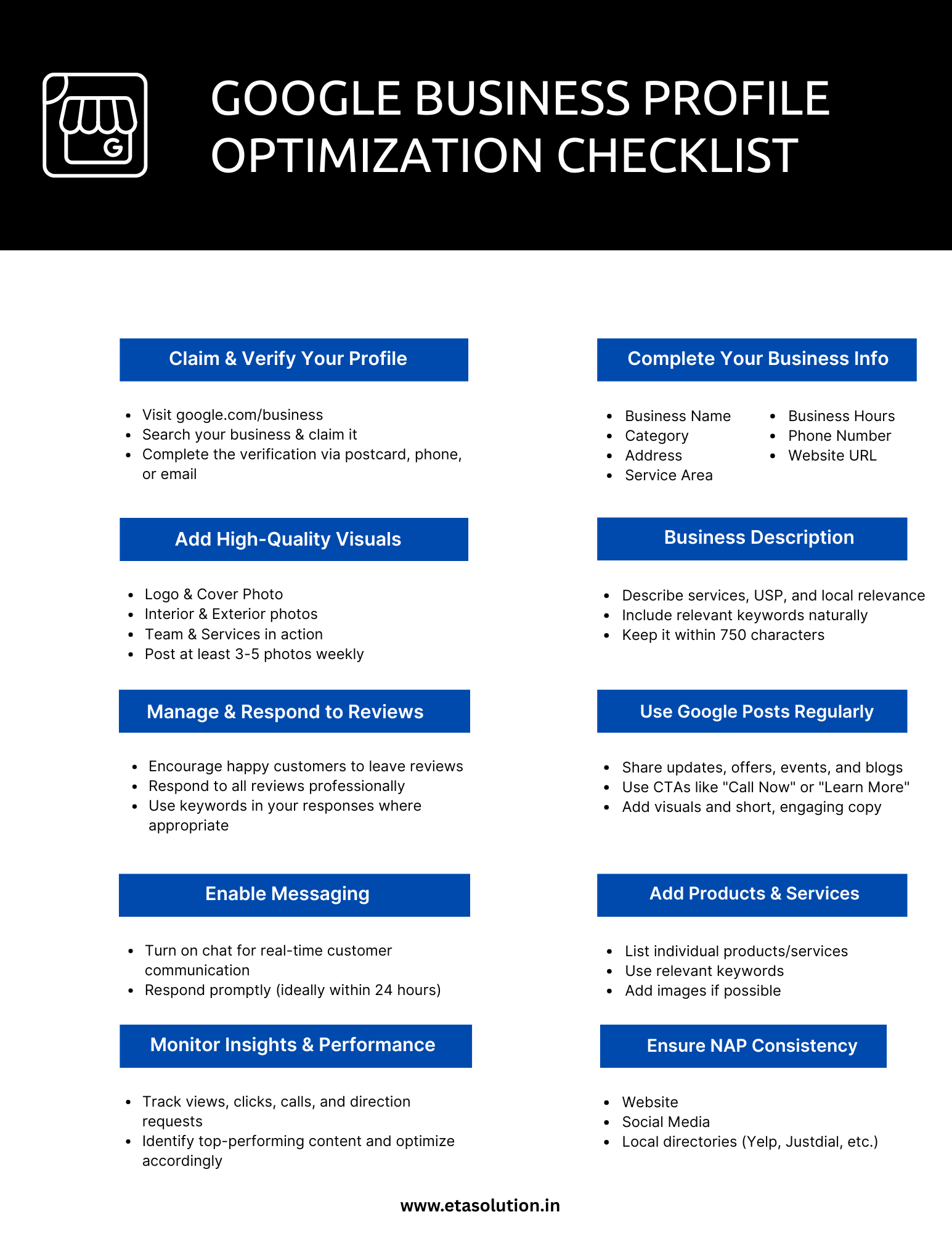
This guide offers doable tactics for transforming your Google listing into a website traffic generator that operates while you’re asleep.
1. Optimize Your GBP for Local SEO
Local SEO is how people nearby find your business. GBP optimization makes you more visible across local searches and Google Maps.
Check Your Profile:
The first step is verification. Without it, your profile isn’t fully functional or credible. High-intent search results are more likely to display verified listings.
Make sure your NAP information is correct by making sure your name, address, and phone number are the same on all platforms. Your search visibility can be negatively impacted by even small inconsistencies. Google uses this information to verify your legitimacy.
Select the Appropriate Categories:
Choose a primary category that accurately describes your main offering. Companies that choose high-intent, niche categories are more likely to show up in more focused local searches.
Add Business Attributes:
Is your business women-led? Does it offer outdoor seating? Pet-friendly? These attributes matter. They help your business listing appear for voice searches and filters.
Write a Compelling Description:
Make the most of your 750 characters. Make use of this area to highlight your values, services, and specialties. Don’t overuse keywords, but mention powerful phrases organically.
Regularly Update Your Hours:
Listings with out-of-date or erroneous operating hours are penalized by Google. To preserve trust, make use of the special hours feature on holidays or during special occasions.
2. Engage with Customers Like a Brand That Cares
Google favors businesses with active customer engagement. This is your chance to humanize your brand and keep your listing fresh.
Respond to Reviews Thoughtfully:
Don’t use canned responses. Acknowledge specific customer feedback to show that your business listens and evolves. Review response activity can influence local rankings.
Encourage Reviews Proactively:
After a successful service or sale, follow up with a request. Mention how much their feedback helps local customers. According to Moz, reviews account for over 15% of local ranking factors.
Post Regular Updates:
Use the “Posts” feature to share blog links, flash sales, or new services. Listings with weekly updates see up to 17% more interactions and double the click-through rates compared to inactive profiles.
Answer Questions Promptly:
Pre-answer FAQs before users ask them. Think of this as your second website’s FAQ section, publicly accessible and SEO-rich.
3. Use Eye-Catching Images That Get Clicks
Compared to the word, an image takes nearly 60,000 times longer to be processed by the brain. Because of that, an alluring GBP invites engagement from prospects and helps with instant trust-building.
Include Exceptional Images and Videos:
Google favors listings with images attached. A study by Search Engine Journal stated that companies with 100+ images were getting 500% more call actions and 2,700% more direction requests.
Promote User-Generated Content (UGC):
Ask happy customers to tag your business in their pictures. This UGC helps signal relevance by increasing dwell time on your listing and giving it a little more credibility.
Showcase Products, Staff, and Location:
Behind-the-scenes photos featuring your staff, workspace, or packaging could really open transparency on your end, and that’s quite useful for new clients.
4. Boost Traffic Through GBP-Linked Google Ads
Organic reach is great. But paid ads, when smartly executed, can supercharge your local marketing efforts.
Run Local Ad Campaigns:
Link your GBP directly with Google Ads to drive traffic from Maps and mobile search. These ads place your business above the Local 3-Pack in both map and standard view.
Leverage Multiple Ad Formats:
Try call-only ads, location extensions, and image assets. Track which formats bring in the most leads and optimize for ROI.
Use UTM Tracking Links:
Always attach UTM parameters to links. This helps you analyze ad-driven traffic via Google Analytics and refine your funnel.
5. Strategically Link Your GBP to Your Website
This might seem basic, but many businesses miss the nuance. It’s more than just adding a homepage link.
Link to Conversion-Focused Pages:
Instead of your homepage, consider linking to your most relevant landing pages based on the user’s intent.
Use Custom Calls-to-Action:
“Get a Free Quote,” “Schedule Now,” or “Shop Online” perform far better than generic “Visit Website” buttons. According to LocalIQ, tailored CTAs improve CTRs by up to 38%.
6. Build Local Backlinks That Strengthen GBP Authority
Google sees local backlinks as endorsements. The more credible sites that link to you, the more trustworthy your GBP becomes.
List on Reputable Local Directories:
Begin with directories that Google has approved, such as Yelp, Bing Places, and websites that cater to a particular niche. Make sure all of them have the same business information.
Obtain Links from Neighborhood Associations:
Participate in a local press release, sponsor a community event, or work with a nonprofit. Local signals can be greatly enhanced by even a mention in a local blog.
Use Content Marketing That Is Hyperlocal:
To get organic local links, publish city-specific guides on your website or write guest posts on local business blogs.
7. Verify That Your Website Provides a Smooth Mobile Experience
Only when your site is prepared to convert mobile users can a strong GBP-to-site journey be effective.
Make it impossible to compromise on profile optimization:
Smartphones are used for more than 60% of GBP interactions. You’re losing conversions right away if your website isn’t responsive, quick, and simple to use.
Create with Action in Mind:
Give top priority to CTAs above the fold, quickly loading images, and clickable buttons. Consider each mobile visitor to be a valuable lead.
8. Track, Assess, and Enhance
Data is the foundation of any successful strategy. Monitoring your GBP’s performance helps you identify what’s and isn’t working.
Make use of Google Business Insights:
Examine calls, clicks, requests for directions, and profile views. Seek patterns in consumer behavior, such as the most popular day of the week for user interaction.
Connect Search Console and Google Analytics:
To monitor site traffic coming from GBP, use UTM links. Compare time-on-page and bounce rates to modify CTAs and content.
Iterate and test:
Modify your CTAs, update your images, change your business description, and track the results. Significant results are frequently obtained with minor adjustments.
Final Take
If your Google My Business profile is simply sitting idle, you’re missing out on one of the most powerful local SEO tools available. Treating your GBP like a one-time setup is a costly mistake. Instead, use it as a dynamic content platform, reputation builder, and referral machine.
As a Digital Marketing Agency in Ahmedabad or a business operating in a competitive U.S. market, know this: your competition is already investing in GBP optimization. You can’t afford to stay behind.
In 2025, success in local marketing won’t be about shouting louder. It’ll be about showing up smarter, right where your customers are already searching.
Yes, customer reviews can positively impact your website traffic. Good reviews increase your business’s credibility and trust, which can attract more clicks from local search results. They also help your profile rank higher on Google, making it easier for people to find your website.
No, it’s not always necessary to have a physical storefront. Service-based businesses that visit or deliver to customers (like plumbers or consultants) can also create a Google Business Profile by listing their service areas instead of a physical address.
Google Business Profile improves local SEO by showing your business in local search results and on Google Maps when people search for related services nearby. An optimized profile increases your visibility to potential local customers, helping drive more visits and calls.
You should update your Google Business Profile regularly—ideally at least once a month. Keep your business hours, contact info, photos, and posts current, and respond to reviews. Frequent updates signal to Google that your business is active and relevant.
Yes, including relevant keywords in your business description can help your profile appear in searches for those terms. While it doesn’t guarantee top rankings, it helps Google understand what your business offers, which can improve your visibility in relevant local searches.

What started as a passion for marketing years ago turned into a purposeful journey of helping businesses communicate in a way that truly connects. I’m Heta Dave, the Founder & CEO of Eta Marketing Solution! With a sharp focus on strategy and human-first marketing, I closely work with brands to help them stand out of the crowd and create something that lasts, not just in visibility, but in impact!
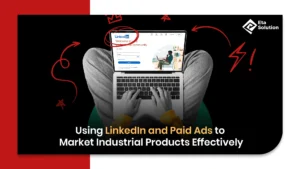
Industrial Product Marketing with LinkedIn & Paid Ads
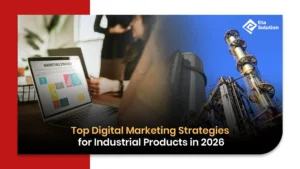
Top Digital Marketing Strategies for Industrial Products in 2026
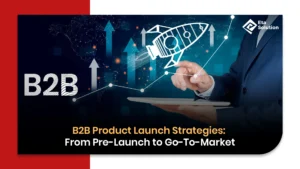
B2B Product Launch Strategies: From Pre-Launch to Go-To-Market
